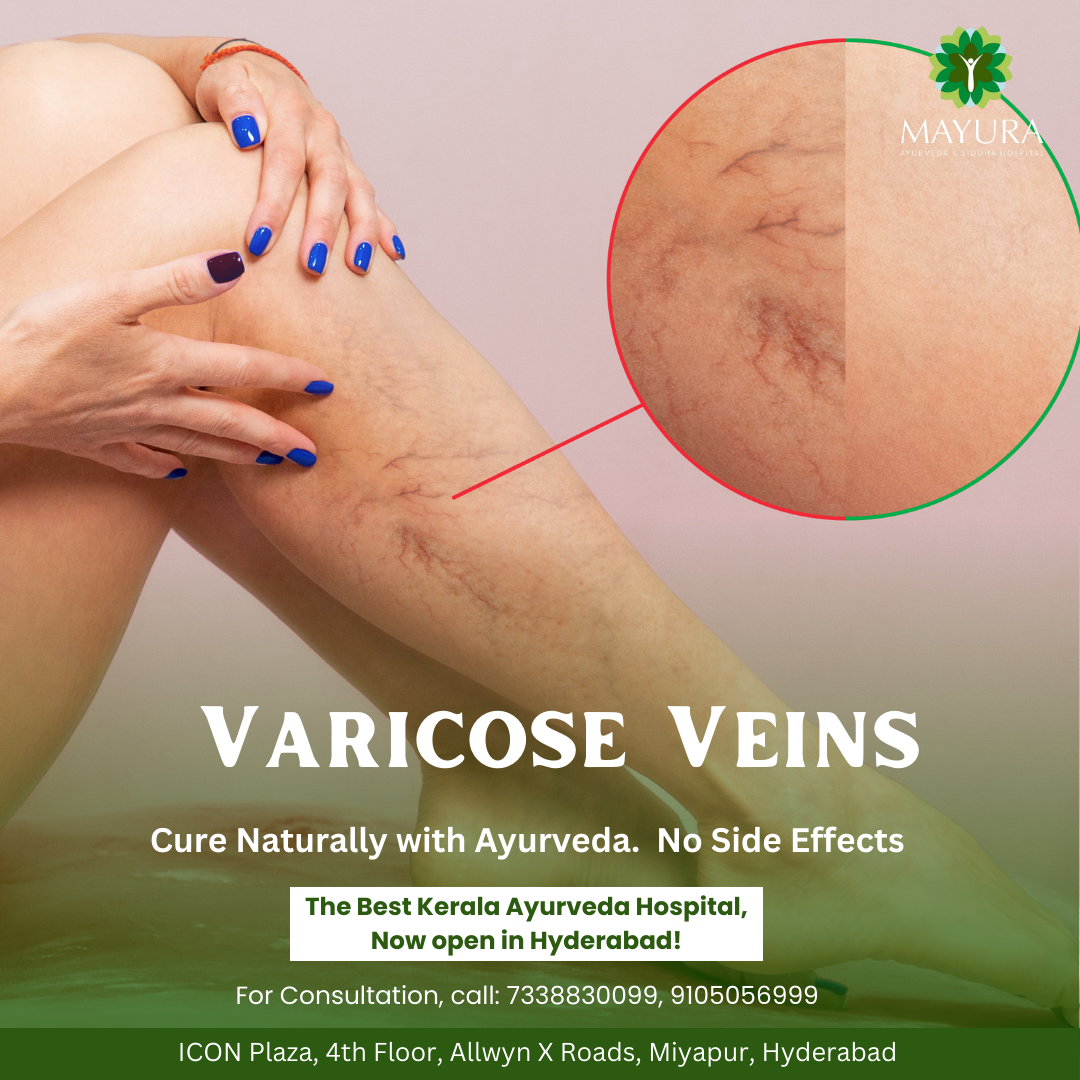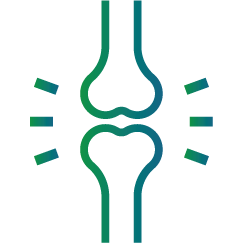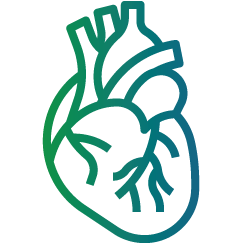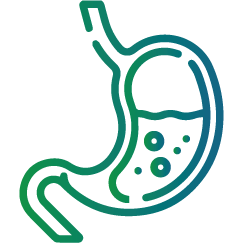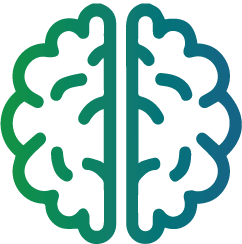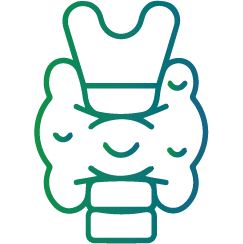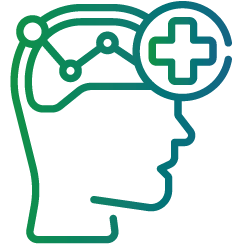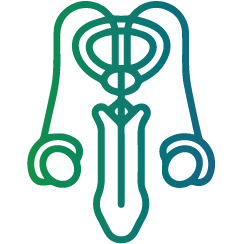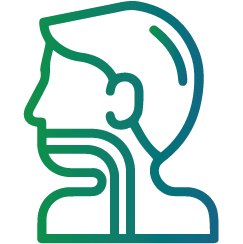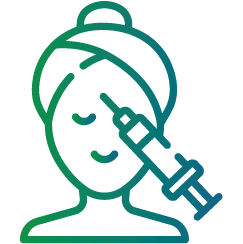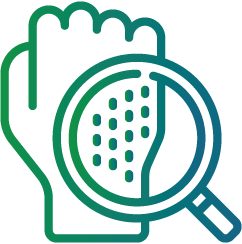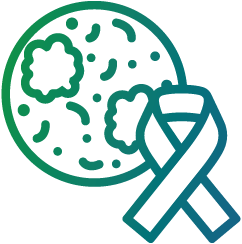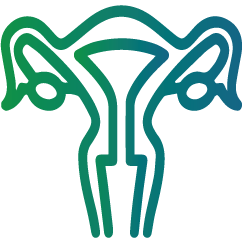Varicose veins are a common condition that affects many individuals, especially as they age. These enlarged, twisted veins typically appear in the legs and can cause discomfort and cosmetic concerns. The primary cause of varicose veins is weakened or damaged valves in the veins, which disrupts the normal flow of blood and leads to pooling.
Symptoms of varicose veins may include pain, swelling, aching, heaviness, and itching in the legs, particularly after standing or sitting for extended periods. While some risk factors such as genetics and age are beyond our control, certain lifestyle changes can help manage varicose veins. Regular exercise, maintaining a healthy weight, elevating the legs, and avoiding prolonged sitting or standing can alleviate symptoms and prevent the condition from worsening.
Treatment options for varicose veins range from conservative measures like compression stockings and lifestyle modifications to more invasive procedures such as sclerotherapy, laser therapy, and vein stripping. The choice of treatment depends on the severity of symptoms and the individual’s preferences. It’s essential to consult a healthcare professional for proper diagnosis and personalized treatment recommendations.
In conclusion, varicose veins are a common vascular issue that can impact quality of life, but they are manageable with the right approach. By understanding the causes, symptoms, and treatment options, individuals can take proactive steps to alleviate discomfort and improve vein health.

